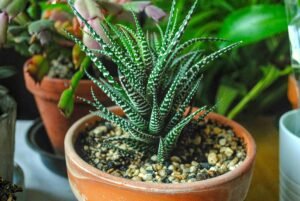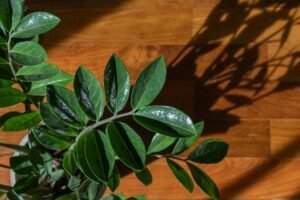The reason why the Aloe Vera plant has become popular with almost everyone is due to its special qualities, one of which is that the plant plays an excellent role in treating some physical problems in addition to enhancing internal beauty. Moreover, Research has shown that the succulent thickets of the plant play an important role in the preparation of various medicines, treating skin burns in hot sun, eliminating hair loss, providing immediate treatment for cuts, and improving indoor air quality.
On the other hand, If you have a busy lifestyle like me and are completely oblivious to the daily routine of taking care of plants, then this plant might be your best choice. I set the plant permanently on my windowsill which not only adds to the aesthetics of the interior but also provides excellent health benefits.
In this complete Aloe Vera care guide, I will share my own step-by-step experience on how to keep an aloe vera plant healthy and getting the full benefits all year round with minimal care, troubleshooting, and fertilization.
Aloe Vera Plant at a Glance
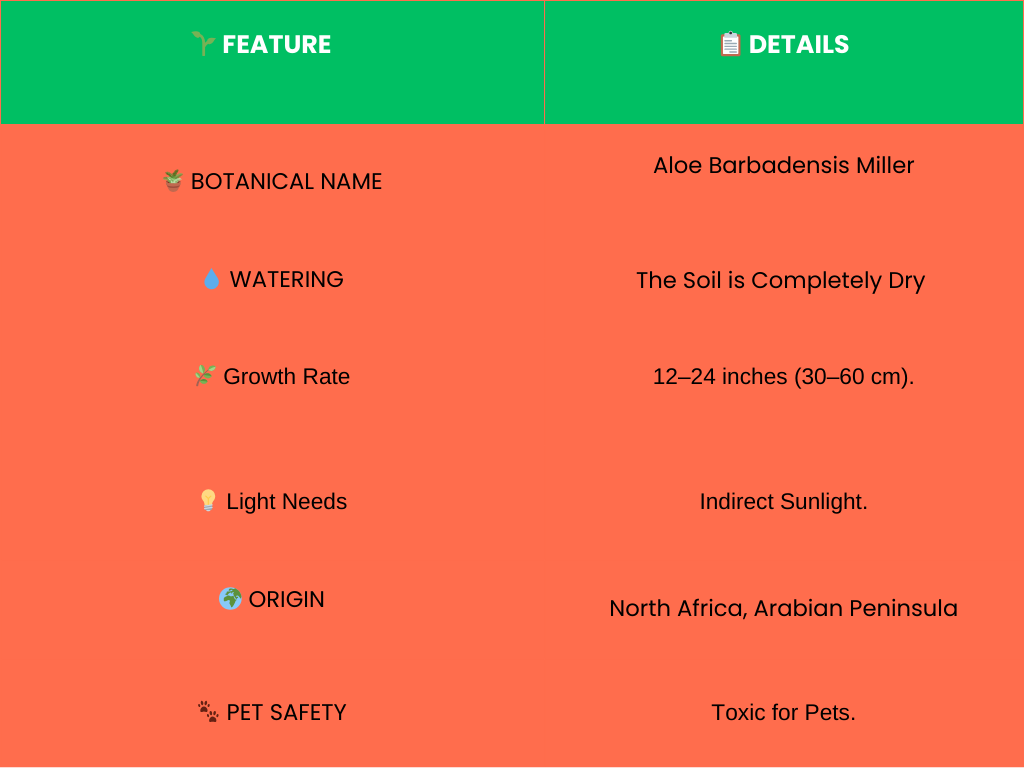
Why Aloe Vera is the Great for Houseplant ?
Especially, due to my busy work life and not always being mindful of plant care, I place long-lived plants like aloe vera indoors because they can sustain themselves without constant care. The plant’s succulent leaves can store water for a long time, so you’ll find that after several days of traveling, like me, the plant is as fresh as ever. Apart from its low-maintenance benefits, the aloe vera plant also solves many minor body problems. For example, I use aloe vera gel for my hair and skin care, which makes my hair silkier and my skin more moisturized.
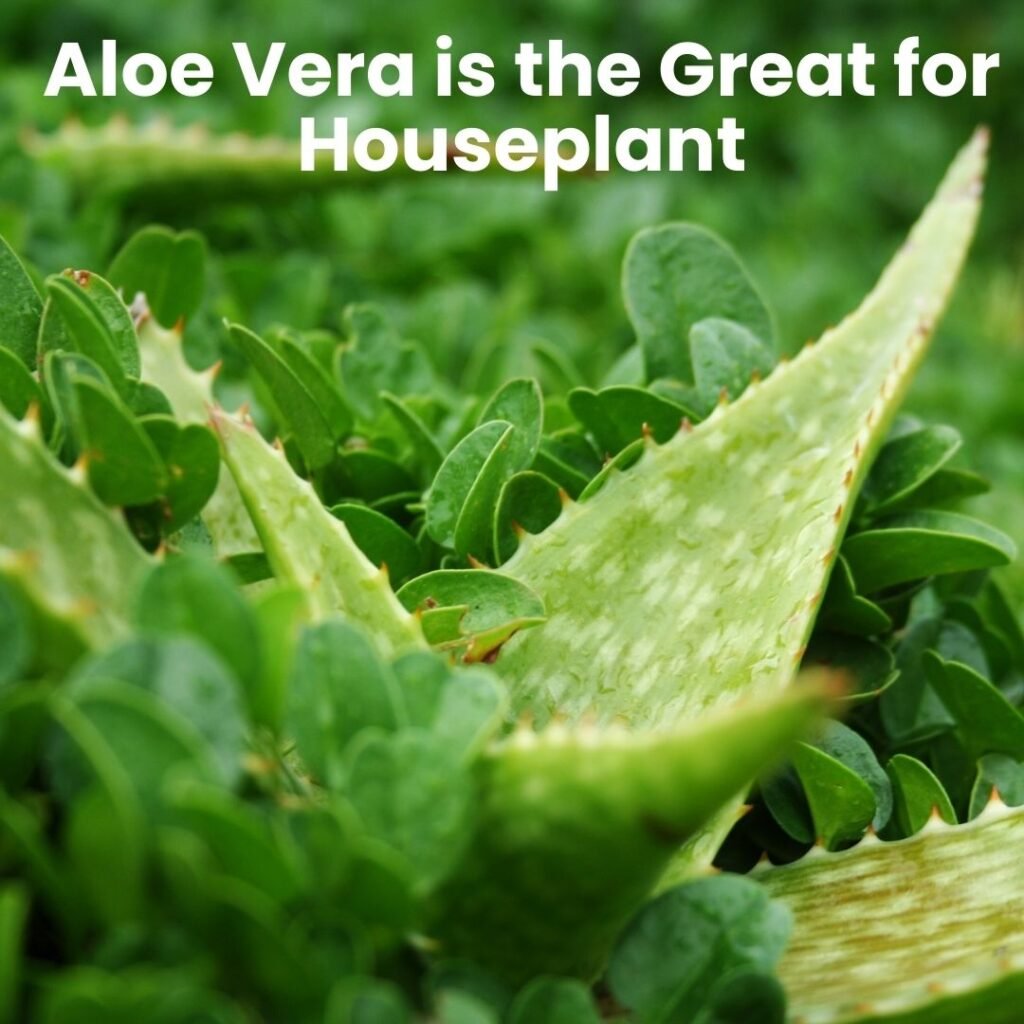
The aloe vera plant can purify the air around it, giving you a pure and refreshing green environment. Also, setting the plant in any unused space in the corner of the house adds extra beauty to the room that will catch the eye of any guest. Therefore, aloe vera plays an important role in both Home indoor environment and physical health aspects with its versatile uses, which makes the plant more important to add to the home than other plants.
How Many Health Benefits does Aloe Vera have ?
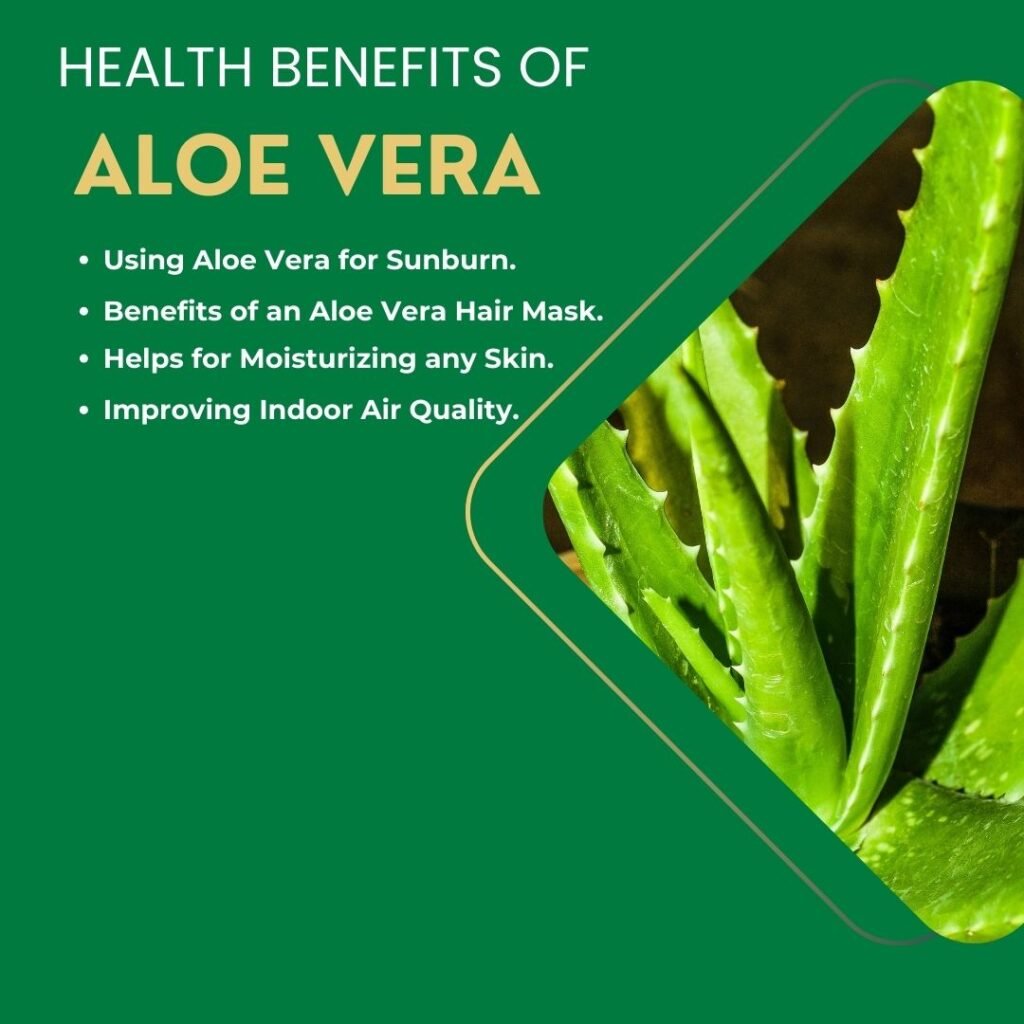
Although the Aloe Vera plant is endowed with various qualities, some of its special benefits make it completely different from other plants. Here are some of the special benefits of the plant :
-
Using Aloe Vera for Sunburn.
Aloe Vera gel is very effective for the normal feeling of sunburned skin, which restores the natural glow of the skin and quickly reduces the burning sensation of the skin. One day, after a long hike with my friends in the hot sun, I returned home and found that my skin was red and dry. I felt pain immediately, but I immediately applied aloe vera gel to the painful area, which gave me a quick feeling of relief. In this case, of course, try to keep the homemade gel at normal temperature in the refrigerator for extra comfort.
-
Benefits of an Aloe Vera Hair Mask.
Deficiency of certain vitamins, lack of hair care for a long time and irregular use of oils and shampoos on the hair reduces the shine and nutrients of the hair. In this case, aloe vera hair mask reaches deep into the hair and increases its health and makes the hair more shiny. On the other hand, due to excessive dandruff, the scalp becomes dry and itches frequently, which is the main reason for hair loss, but using aloe vera restores the health of the hair and reduces hair fall to a great extent.
-
Helps for Moisturizing any Skin.
Aloe Vera gel mixed with water is suitable for any skin type. Its light moisturizer heals any type of sensitive skin and makes it suitable for hydration of the skin. Especially when the skin’s vitamins, minerals and amino acids are reduced for any reason, aloe vera increases the moisture of the skin and makes the skin more soft and supple. The soothing properties of aloe vera gel reduce any type of skin irritation and make the skin more refreshed and nourished.
-
Improving Indoor Air Quality.
Aloe Vera plants not only add aesthetics to the interior and act as a cure for body diseases but also act as a natural air purifier to purify the surrounding air. This plant can also be a great choice for the bedroom because the plant absorbs carbon dioxide at night and releases oxygen, which deepens the night’s sleep. The plant, which is endowed with various qualities, adds the freshness of greenery to urban life and provides an air of tranquility, which makes the surrounding environment more enjoyable.
Ideal Growing Tips: How to Care for Aloe Vera .
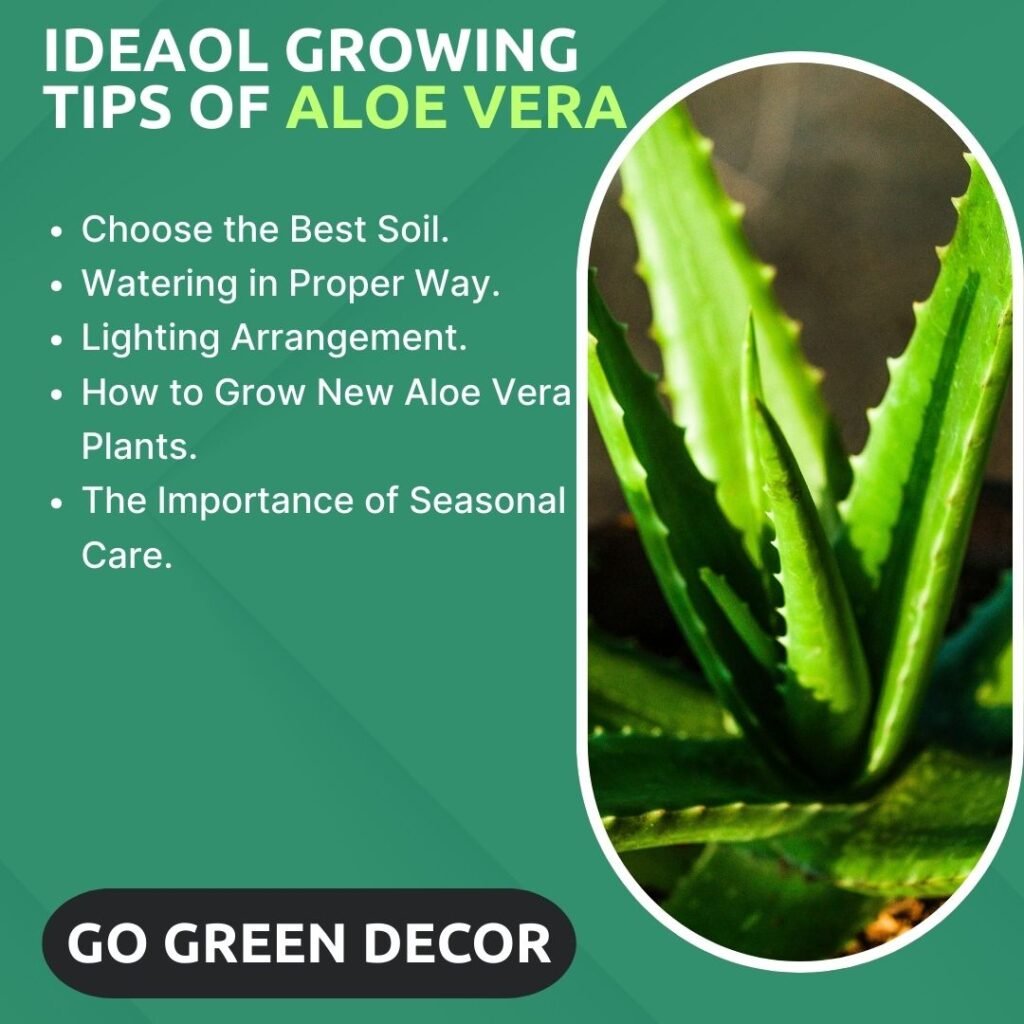
Although the aloe vera plant can survive in low light conditions, the beneficial plant thrives in bright light and warm temperatures in its natural environment. In a suitable environment, the plant presents its planter with succulent and nutritious gel-rich leaves. Let’s get the right idea from the discussion below:
-
Choose the Best Soil & Pot for Aloe Vera .
If you want your favorite aloe Vera plant to always look healthy and fresh, then choosing a well-drained soil is essential for you. On the other hand, for well-drained soil, the importance of a drainage-based pot is immense because after watering the base of the plant, the surrounding soil absorbs the water as needed and the remaining water is released through the drainage. Moreover, excess water accumulated at the base of the pot can cause root rot disease in the plant.
-
Watering in Proper Way .
The cause of premature death of most indoor plants is irregular watering of the plant because excessive watering can cause the plant to develop root rot, which can eventually kill your favorite plant. As a new plant lover, the best rule of thumb for watering is to let the soil at the base of the plant dry completely before adding water. In this case, the plant pot must have drainage. You can also follow the 3:1 formula like me, which means you can water it once every 3 weeks in the summer.
-
Lighting Arrangement as Required.
Aloe Vera plants are healthier in indirect light than in direct sunlight, but exposing them to light for 4-5 hours a day is beneficial for their growth. Always expose the plant to the morning sunlight as the plant can get sunburned in the bright sunlight. Also, if you live behind a building in the city like me and your house is dark most of the day, you can keep your favorite plant alive with artificial light.
-
How to Grow New Aloe Vera Plants.
Since the fleshy succulent part of aloe vera is very effective in various problems of the human body, it is very important to propagate and branch this beneficial plant. A healthy and fresh aloe Vera plant starts to grow baby plants in a very short time, but if these small aloe vera are separated in the right way and with awareness, each of them will turn into a full-fledged plant. In this case, when the baby plants grow roots, they should be carefully separated from the mother plant and planted in a pot of drain-able soil.
-
The Importance of Seasonal Care.
Only a consistent routine can keep your favorite plant healthy and thriving year-round, as the seasons change, so do the light, fertilizer, and water needs of the plant. In this case, I move my aloe vera plants out of the freezing weather in winter, move them from the direct sunlight of summer to indirect light, and bring them into dormancy in the fall. This transition protects the plant from the harsh weather and various pests. Also, If you want to know more about plant migration during summer, You can visit our detailed discussion on this topic.
When to Fertilize in Aloe Vera ?
Although aloe vera can survive in poor soil and is a long-lived plant, applying the right amount of pesticides at the right time can give the plant a dark green and healthy foliage. This plant does not require much feeding compared to other plants, but it does require a little more care during the active growth period. Let us briefly discuss below :
- Applying fertilizer once every 4-6 weeks during the summer and spring seasons promotes more natural plant growth. Balanced household fertilizers are much less likely to damage plants and are more suitable than pesticide fertilizers. Because excessive fertilizer application can cause plant tail rot.
- Since plant growth accelerates in the fall and winter, avoid applying fertilizer during this time because if the applied fertilizer cannot be absorbed by the plant, it can accumulate in the soil and harm the plant.
- Special Attention – Never apply fertilizer directly to any plant as it can be counterproductive. Before applying fertilizer, add water to the base of the plant and then mix the fertilizer slowly so that the plant can absorb it easily.
How to Find Common Problems & Fixes ?
Although the aloe Vera plant does not face many diseases, minor problems can arise if the required care is not followed. Let us discuss some common problems of the plant and their immediate solutions:
- Yellowing of Leaves – Especially, as a new plant lover or due to lack of time, we often add too much water to the plant which can lead to its tail rot disease or leaves turning yellow. If such problems occur, the soil should be completely dry before adding the next watering.
- Leaves Turning Brown – If the aloe vera plant is over-fertilized or exposed to direct sunlight, its leaves may turn brown. The solution is to first stop fertilizing and then expose the plant to indirect light.
- Reddening of the Leaves – Especially in the hot summer afternoon sun, the leaves of the plant can burn and turn red. In this problem, the plant must be moved from bright light to dim light.
- Pests Attack – Plant pests are a common problem, but if you encounter such a problem, take Neem oil in a spray bottle and spray all the plants thoroughly.
FAQs :
-
Can I Grow Aloe Vera in Water ?
Ans : Yes. Although Aloe Vera can be grown in water, there are some precautions to be taken. This process involves propagating the plant by cuttings, but the plant must be kept well-watered until it has fully developed roots.
-
Can Aloe Vera survive in low light ?
Ans : The Aloe Vera plant produces green, fresh, and juicy gel-like leaves in low light environments, as the plant can burn in excess sunlight.
-
Why is my Aloe Vera drooping ?
Ans : It is possible that the leaves of the Aloe Vera plant may droop due to excessive watering, and the same problem can occur due to excessive heat.
Although many people plant the aloe vera plant as a healing agent, the plant also plays an important role in purifying the surrounding air. In this case, when the plant is allowed to grow in bright indirect light with proper care, the plant produces refreshing and soothing gel-like leaves.


